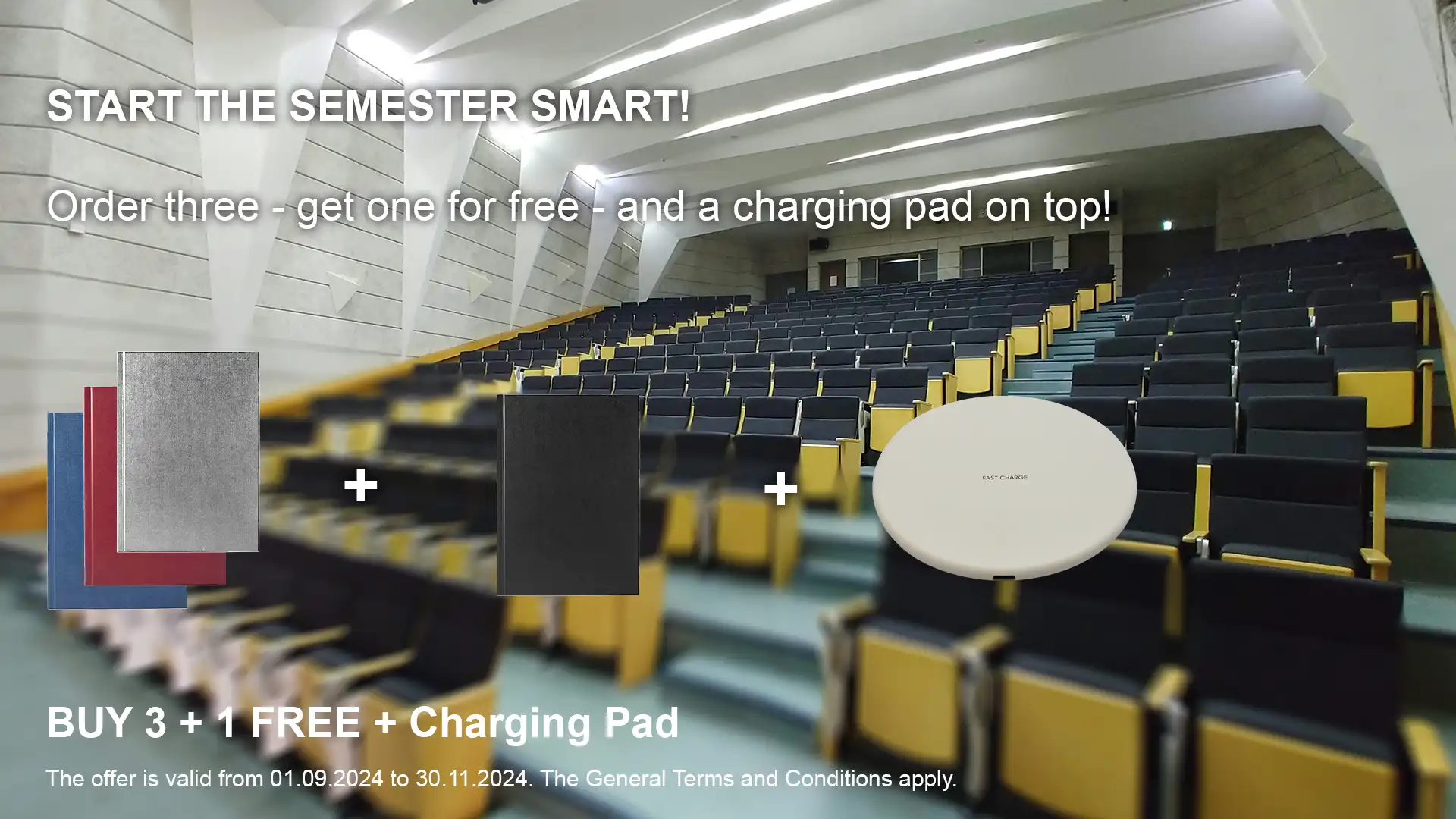Enrich your thesis with an excellent experiment
Find out how to choose the experiment that fits your thesis best. Learn about the different types of scientific experiments. Master your skill and select the right research experience for your thesis. Discover how with this free video tutorial!
Welcome to the tutorial “Discover the right experiment for your thesis“. It is impossible to imagine science without the experiment. As a central method of data collection in the natural sciences, social sciences and humanities, it enriches our knowledge of nature and human behavior. Experiments are used to gain new insights, investigate relationships and test hypotheses. But not every experiment is the same. Depending on the research goal, the form can vary. In order to help you choose the appropriate experimental format for your thesis without any problems, we will present the most important forms of the experiment briefly and understandably in this tutorial.
What characterizes the scientific experiment?
To give you a general overview, let's first look at what features characterize a scientific experiment. A scientific experiment is a special type of scientific observation. Unlike non-experimental observations, experimental observations involve changing influencing variables under controlled conditions and thus actively intervening in the research situation. The prerequisite for an experiment is the presence of at least two observable factors, so-called variables: an independent variable that is arbitrarily modified to test its effect; and a dependent variable that is deliberately influenced. By changing the independent variable, it becomes possible to compare different situations or behaviors and thus measure the influence of the independent variable.
To ensure that the influence can actually be attributed to the independent variable used, a scientific experiment is conducted on at least two groups: an experimental group that receives a stimulus and a control group that does not. The effect of the independent variable can be examined because, except for the change in the independent variable, the experimental conditions are the same for both groups. However, depending on how many variables are being tested, more than two groups may be required. For example, if two independent variables are present, four experimental groups are necessary.
In order to obtain valid, useful results in the end, it is necessary to control confounding influences on variables or their relationship as far as possible. Such confounding variables are problematic because they can mistakenly give the appearance of causal relationships or obscure causal relationships that actually exist. In this way, confounding variables make it difficult or even impossible to interpret the results. Therefore, they must be eliminated, minimized, or at least surveyed to the extent that the researcher can estimate their effect.
What are the different forms of experiments?
Now that you know what essentially constitutes an experiment, we can look at the different forms of a scientific experiment. Altogether, four types can be distinguished. They can be classified according to the location of the experiment and the experimental design. The field experiment and the laboratory experiment are distinguished according to the location; the "real" experiment and the quasi-experiment according to the experimental design.
The field experiment is characterized in particular by the fact that it takes place in a natural environment. These are often public places such as hospitals, schools, universities or department stores. The field experiment differs from a field study, which also takes place in the "field," in that the researcher manipulates the independent variable and thus can compare different situations.
Insofar as the subjects are observed in everyday situations, they are usually not aware of their participation in the experiment. This offers the advantage that the subjects behave naturally and the results can be generalized well. The disadvantage, however, is that the natural environment makes it more difficult to control confounding variables. Similarly, if the stimulus is manipulated too frequently, there is a risk of complicated and inaccurate evaluation.
In terms of the location of the investigation, the laboratory experiment is the counterpart to the field experiment. Here, the experiment takes place under laboratory conditions, i.e. in an artificially created environment. The laboratory setting allows the observer to precisely control the independent variables and eliminate confounding factors. This ensures that the observed effect can only be traced back to the independent variable, i.e. the stimulus.
The weakness of laboratory experiments lies in the fact that the results are difficult to transfer to everyday reality, especially since everyday situations are more complex than laboratory situations with regard to the influencing factors. Laboratory experiments are therefore particularly suitable when the number of independent variables is small.
What makes an experiment a so-called "real" experiment is that participants are randomly assigned to the experimental or control group. This process is called randomization. The researcher has complete control over the variables; confounding factors are eliminated, and the results can be readily interpreted. Real experiments usually take place only under laboratory conditions.
The quasi-experiment corresponds to the real experiment in terms of procedure. The difference is that in the quasi-experiment, the assignment of participants to the experimental and control groups is not randomized, but the groups are predetermined. Participants are assigned based on characteristics such as age, gender, ethnicity, etc. Thus, the researcher has no influence on the manipulation of the independent variable to investigate other aspects if necessary. In addition, with non-random group assignment, it is not possible to control confounding factors. Therefore, in the quasi-experiment, it is unclear whether the conditions are actually the same for each group.
Need to print and bind your thesis?
Order conveniently online now. At thesis.me you will benefit from brilliantly low prices, super fast processing and many other top services:
✔ Standardized & creative paper and binding options
✔ 3D preview with innovative look-inside-the-book option
✔ Optional book publication with ISBN number
✔ Variety of vouchers & coupons to save money
✔ Free shipping to your home or university
✔ Free guides on studying & doing a doctorate
✔ and much more.






